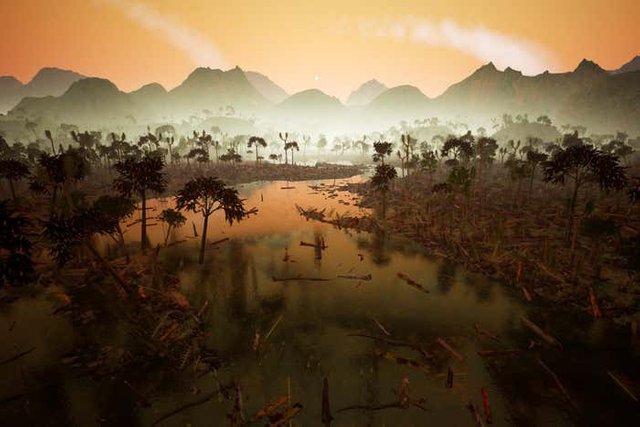The Great Dying at the end of the Permian Period, 250 million years ago, may have been made worse by extremely strong and long-lasting El Niño events.

These mega El Niños caused severe and prolonged climate fluctuations that led to the demise of forests and many land animals, according to Alexander Farnsworth at the University of Bristol in the UK.
These events also set off feedback processes that exacerbated this mass extinction event. Farnsworth explains, "There are knock-on effects of this type of El Niño event becoming stronger and lasting longer."
It is estimated that around 90 per cent of all species living at that time went extinct during the end-Permian extinction, making it the worst mass extinction in Earth's history. While it is widely believed that massive volcanic eruptions in what is now Siberia triggered the extinction by releasing large amounts of carbon dioxide, leading to extreme global warming, this does not explain everything. Notably, land species began to go extinct tens of thousands of years earlier than marine species.